In the woodlands and forests of Europe and Asia, a bird of striking beauty and intelligence roams the treetops—the Eurasian Jay (Garrulus glandarius). With its distinctive appearance, clever behaviors, and significant role in forest ecosystems, this jay species has captured the attention of bird enthusiasts, researchers, and nature lovers alike. In this article, we delve into the intriguing world of the Eurasian Jay, exploring its appearance, behaviors, habitat, and its significance as a symbol of adaptability and ecosystem health.
Eurasian Jay images
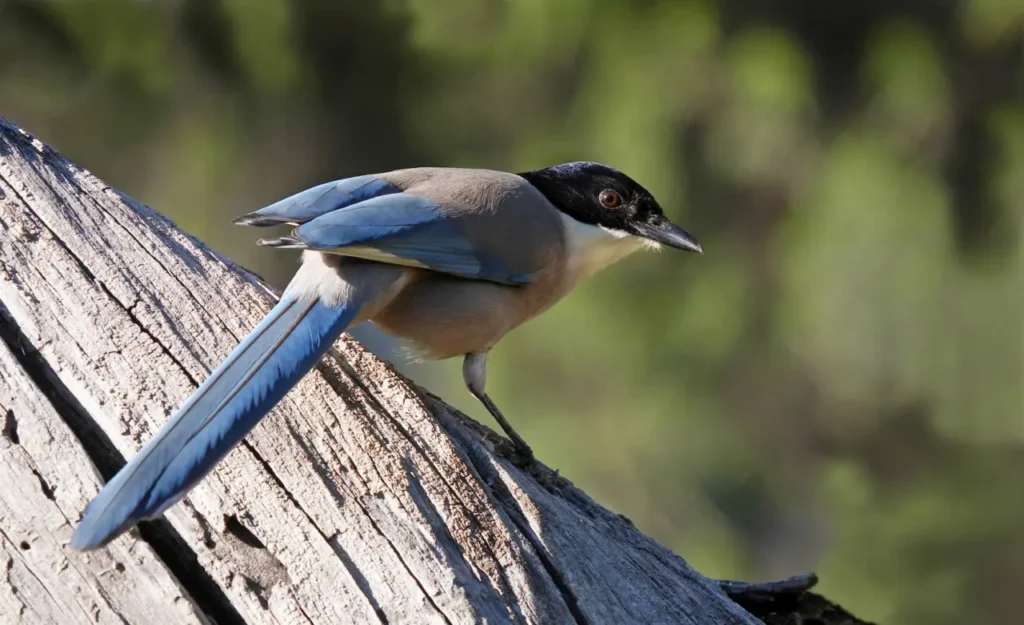
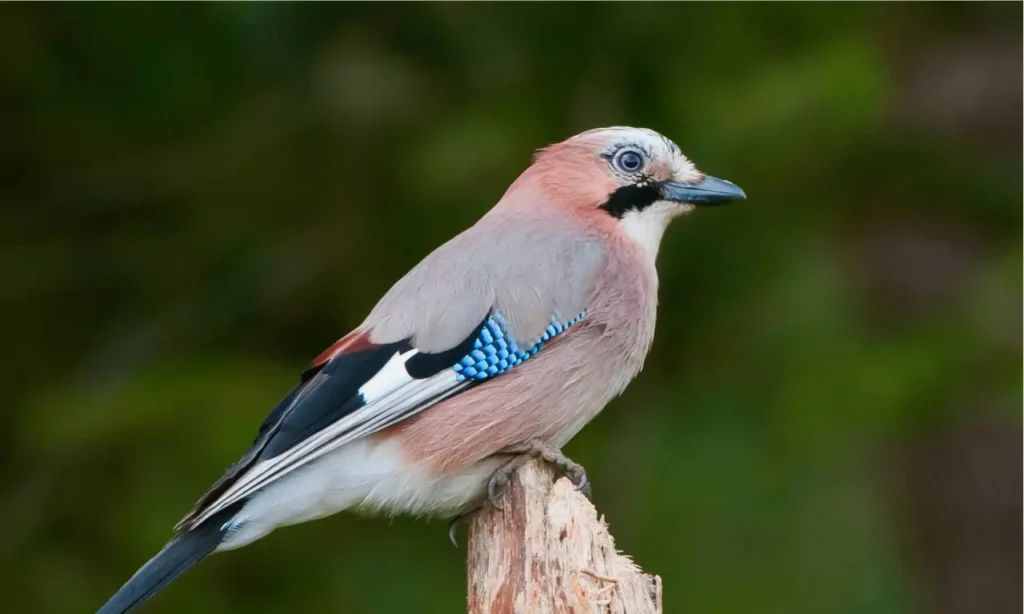

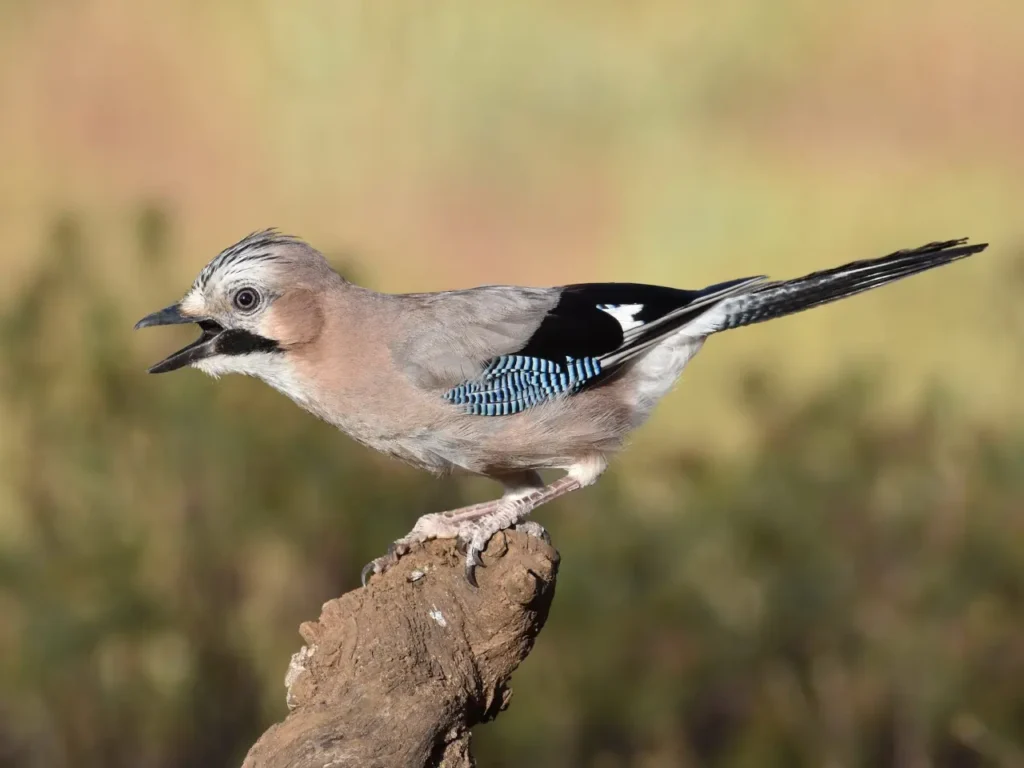
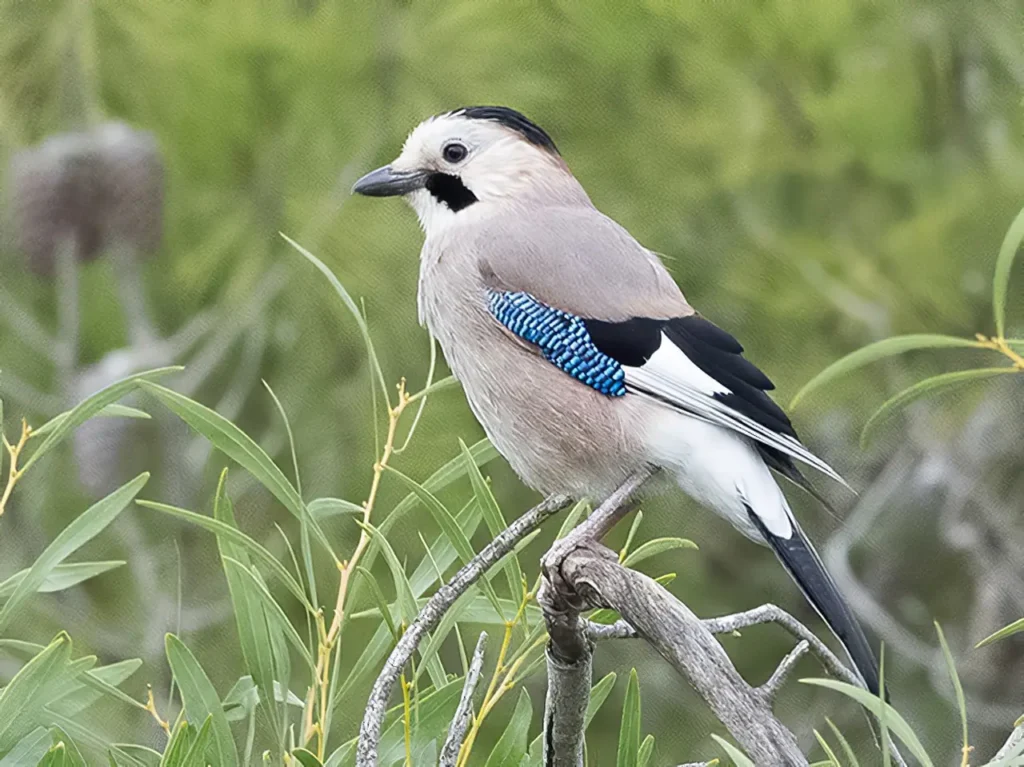
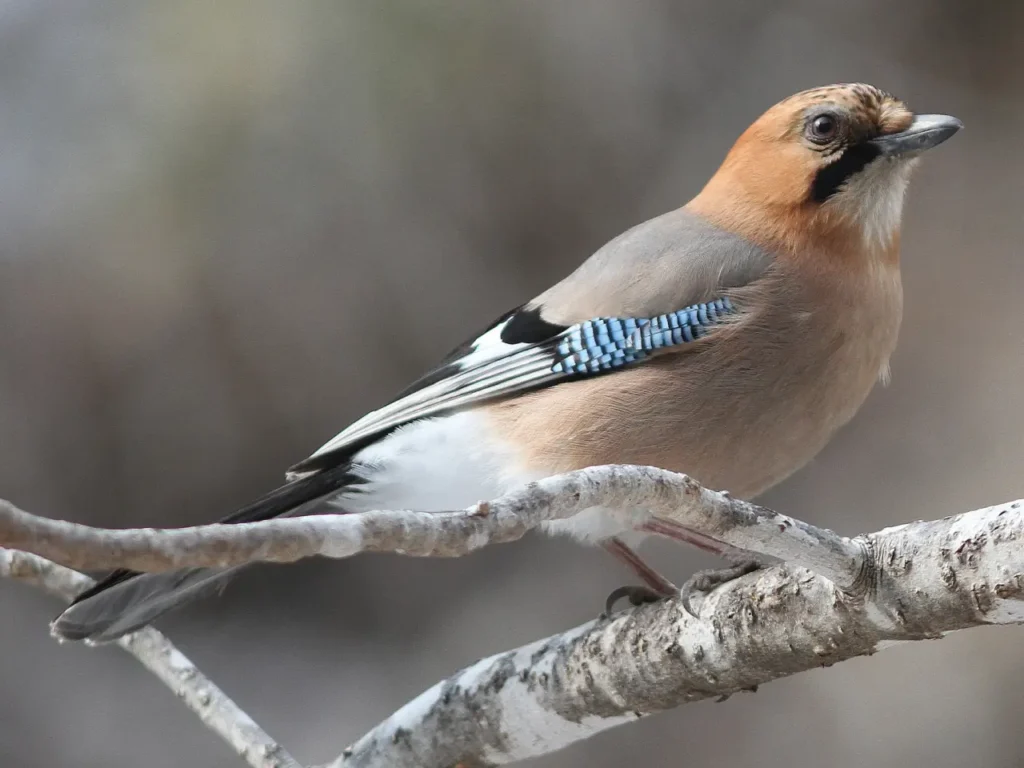
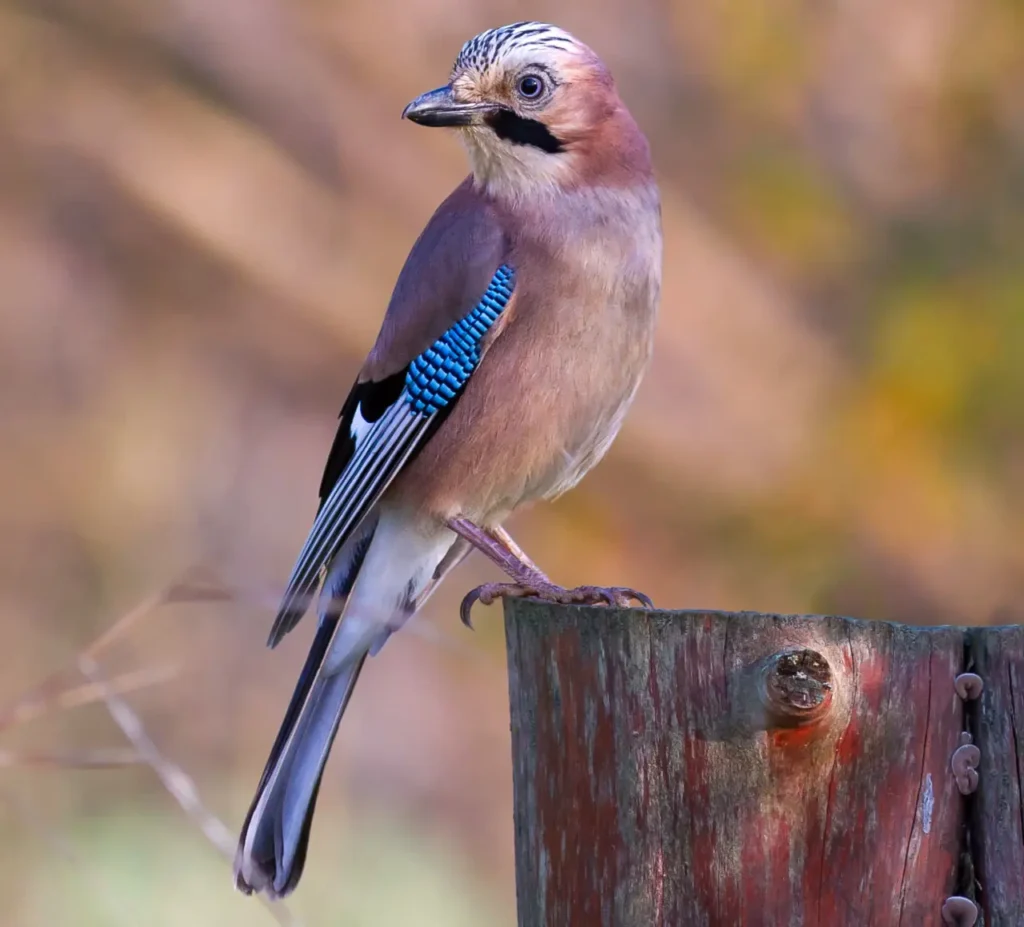

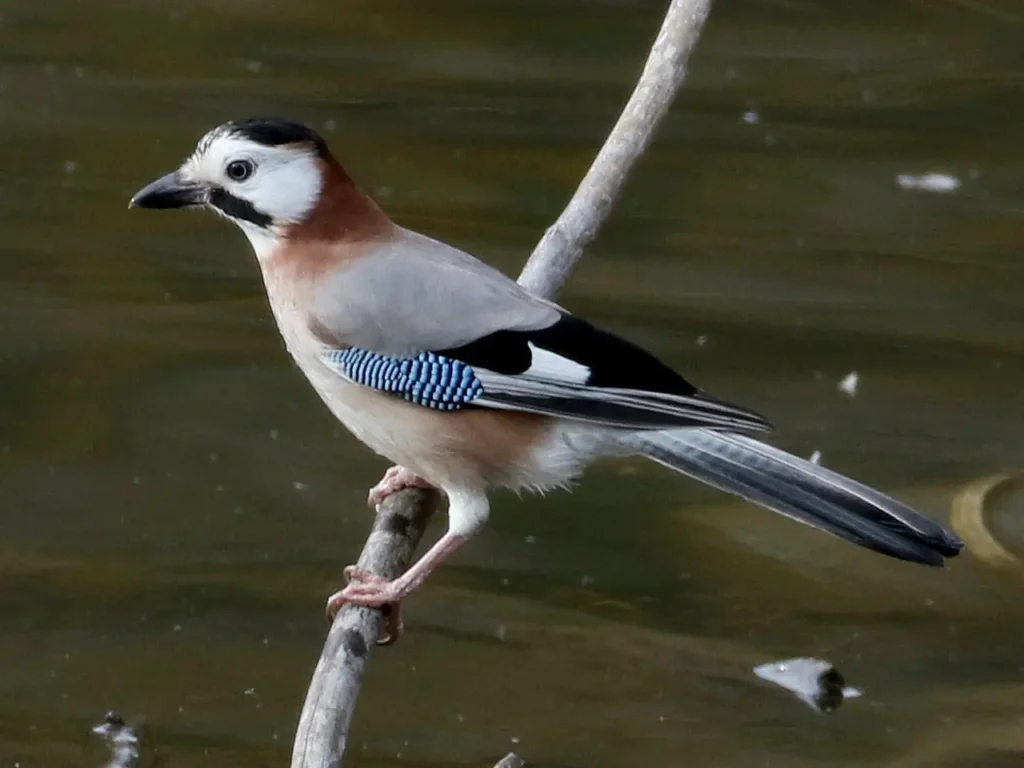
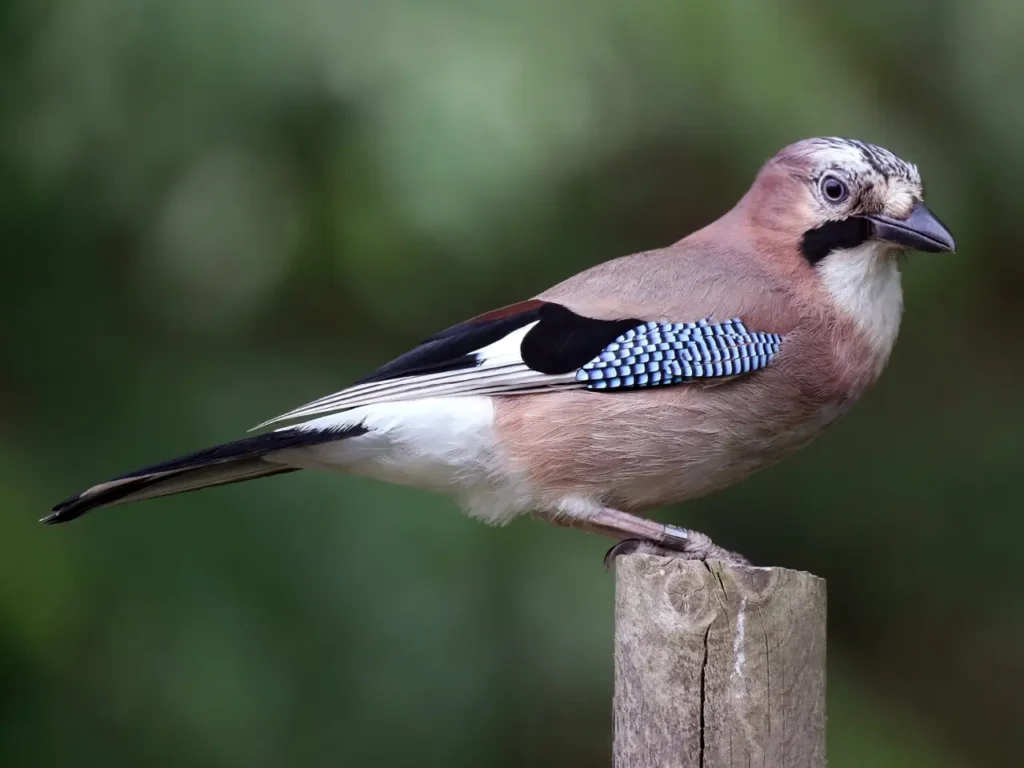
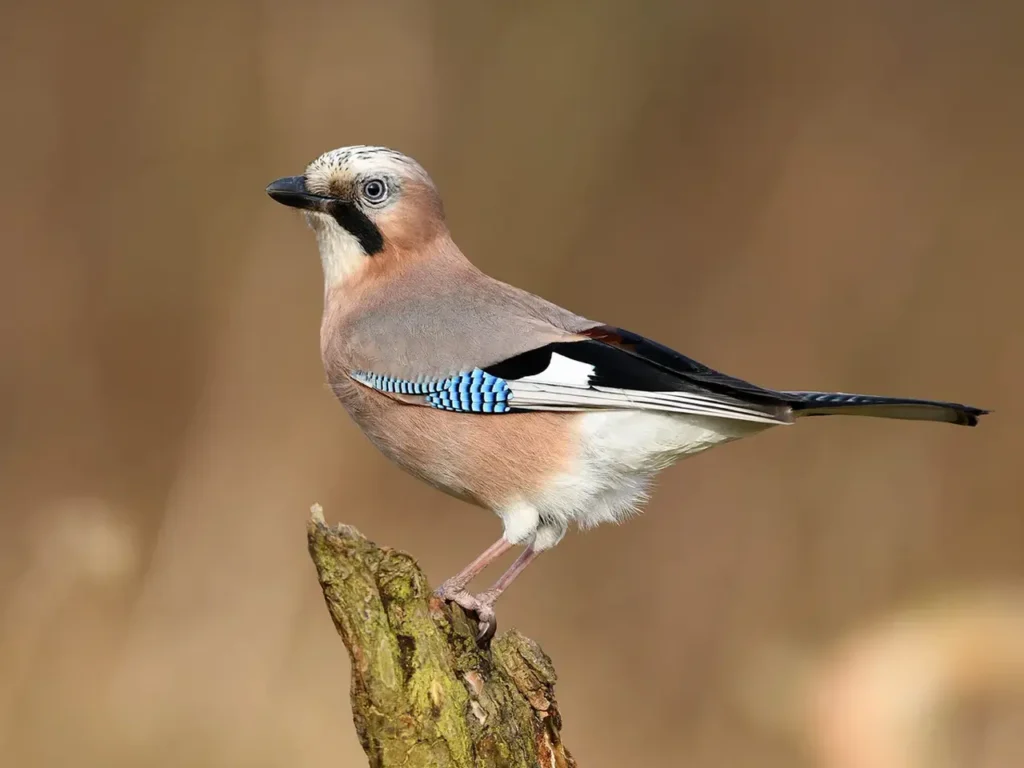
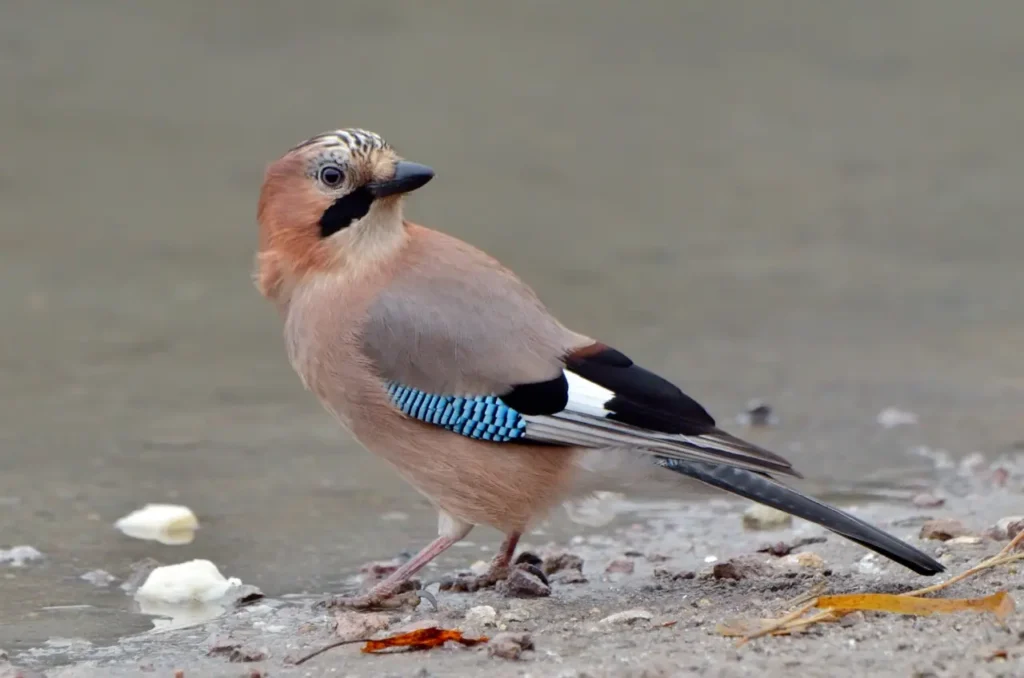
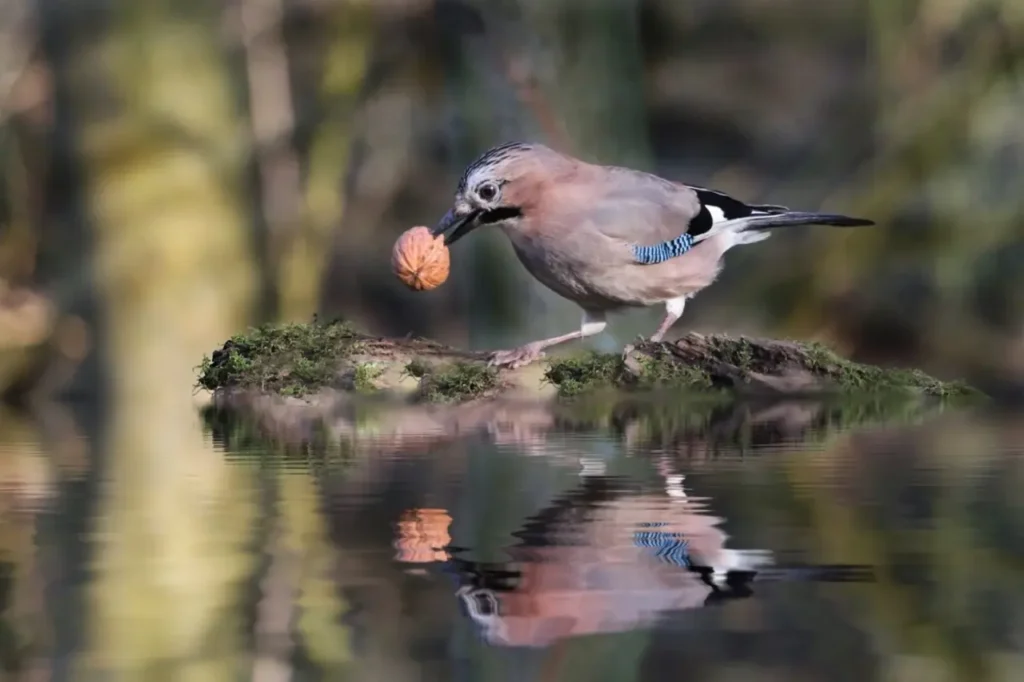
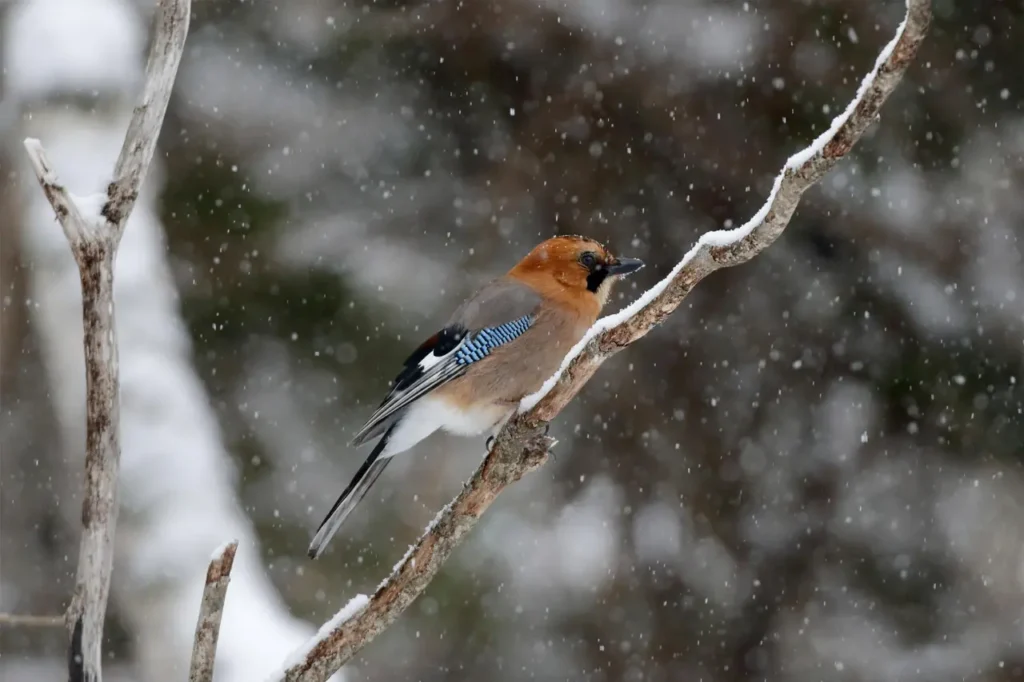

Appearance and Characteristics
The Eurasian Jay is characterized by its striking plumage, featuring a mix of pinkish-brown, gray, and white feathers on its body, with bright blue patches on its wings and a bold black stripe across its eyes. Its crest of feathers atop its head adds to its distinctive appearance. This jay measures around 12 to 14 inches in length, making it one of the larger species within the jay family.
Behavior and Intelligence
Eurasian Jays are renowned for their intelligence and adaptability. They are known to use their wits to find and cache food. Not only do they consume insects, fruits, and seeds, but they also store surplus food by burying it in the ground to retrieve later. This behavior, known as “caching,” demonstrates their strategic planning abilities.
Habitat and Range
Eurasian Jays inhabit a broad range across Europe and parts of Asia, including countries such as the United Kingdom, France, Russia, and China. They thrive in a variety of woodland habitats, from deciduous and coniferous forests to parks and gardens. Their adaptability to different forest types allows them to maintain healthy populations across their range.
Role in Ecosystems
Eurasian Jays play a vital role in forest ecosystems as both seed dispersers and insect predators. By consuming a variety of fruits and seeds, they help disperse plant species and contribute to the growth and regeneration of forests. Their consumption of insects can also help control pest populations, contributing to the overall health of the ecosystem.
Conservation and Challenges
Currently, Eurasian Jays are not considered endangered, thanks in part to their adaptable nature. However, like many forest species, they can be affected by habitat loss due to deforestation and urbanization. Conservation efforts focus on protecting their woodland habitats and raising awareness about the importance of preserving healthy ecosystems.
Symbol of Adaptability
The Eurasian Jay symbolizes adaptability and resourcefulness in the face of changing environments. Their ability to thrive in a variety of forest types serves as a reminder of the resilience of nature.
The Eurasian Jay, with its distinct appearance, intelligent behaviors, and role as a symbol of adaptability, stands as a testament to the complexity and vitality of forest ecosystems. Whether observed foraging for food, caching treasures, or celebrated as symbols of strategic planning, these jays remind us of the interconnectedness of all species within the intricate tapestry of nature. By supporting conservation efforts and fostering an appreciation for the intelligence of forest dwellers, we honor the timeless beauty and adaptive prowess that the Eurasian Jay brings to our shared environment.








